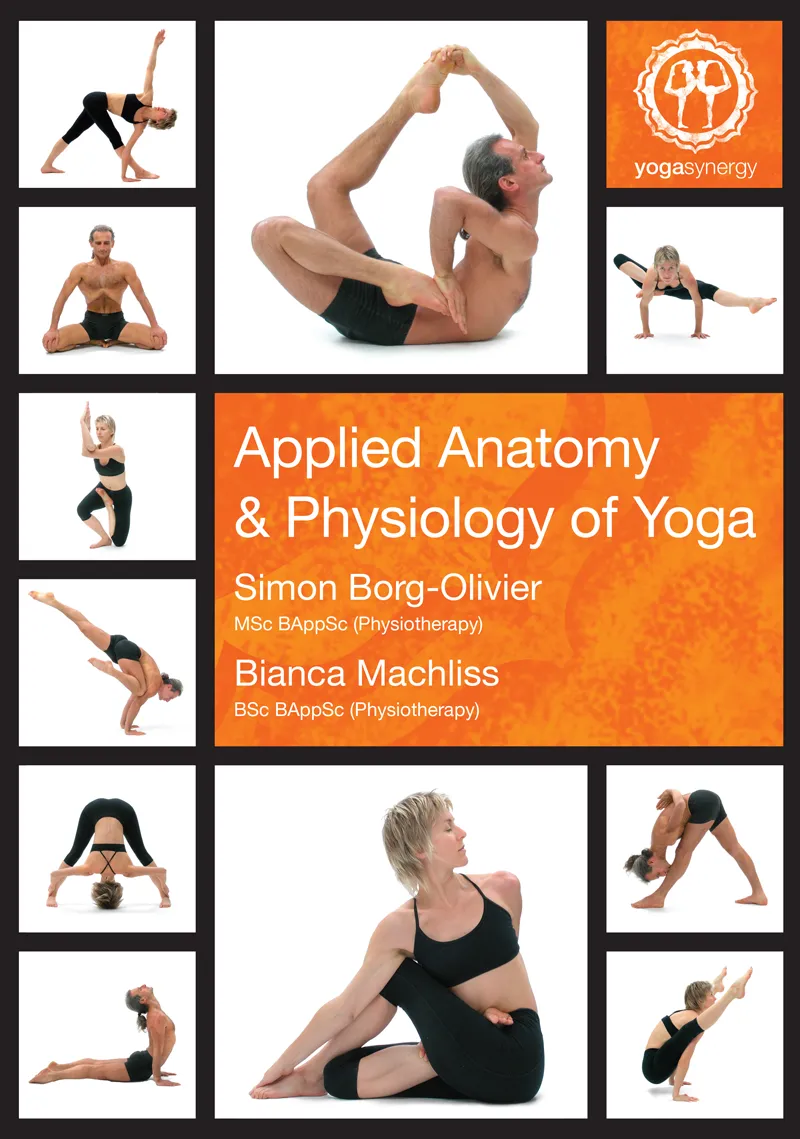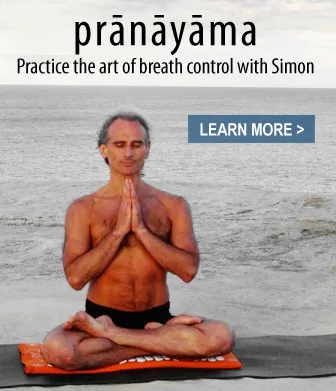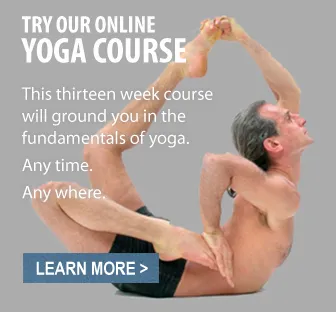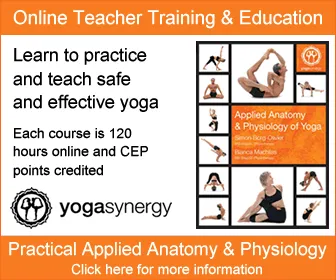
How do you tighten your core?
What is the ‘core’, this slightly esoteric concept? The core is physically located roughly in the centre of your body between your navel, your fifth lumber vertebra, your iliac crest and the pelvic floor. In internal martial arts, they call this region the dan tien or energy centre, and in the Indian yoga system, it is often associated with the second and third lowest chakras, but is actually called the Kanda and is located exactly between the second and third lowest chakras.
Australian physiotherapists in the 1980s discovered that when a healthy person without back problems reaches to pick something up, it is their lower abdominal muscles and the associated muscles that become active first. Even just moving your throat forward and lifting the chin upwards should be preceded by making the abdomen move forward and upwards. But if you restrict the core by tightening the muscles of forced abdominal exhalation (the abdominal oblique muscles), and then try to raise the chin, that will cause discomfort in the neck. Similarly, if you try to push a heavy object solely with your hands, you will have to exert more power and will most likely strain your arm muscles, unlike when you initiate the arm movement from your core.
Four ways to pull the navel closer to the spine
In the West, however, most people have lost the ability to initiate movements from their core due to the modern sedentary lifestyle of sitting in chairs for 5-15 hours a day. This means that the L5-S1 vertebrae exist in a constantly compressed state that can lead to severe lower back problems. This is compounded by tightening the abdomen the wrong way in exercise classes when hearing the instruction ‘draw your navel to the spine’, as this instruction is usually completely misunderstood, and when applying it, confusion ensues and most people draw the navel to the spine in a way that does not help overall health.
You can draw the abdomen to the spine in four ways. One of them is by using the lower transversus abdominis muscle. Another way of doing it is to use the muscles of forced abdominal exhalation, which usually restrict or inhibit the diaphragm. You can also draw the navel to the spine by expanding the chest, which can also inhibit the diaphragm. And the fourth main way is by using the postural muscles of the trunk, such as the rectus abdominis – which you use when you are doing movements such as a half sit-up and an active spinal twist – and the oblique muscles. The problem is, from the outside, these four methods all look the same.
Wrong instructions lead to ineffective postures and movements
An important method of drawing the navel towards the spine without inhibiting the diaphragm is to separately engage the lower transversus abdominis from the forced exhalation muscles, meaning you can separately draw in and out the lower and the upper abdomen. Unfortunately, most adults are unable to do this. Similarly, most people’s attempt to firm their abdomen and stabilise their spine is done by tightening the whole abdominal region with the muscles of forced abdominal exhalation – which will restrict the diaphragm, induce a ‘flight or fight’ response (over-activity of the sympathetic nervous system) and reduce the range of motion of the spine. This effect is usually further aggravated by instructions such as ‘maintain a neutral spine’, ‘fold forward from your hips’ and ‘pull your shoulders down’, as they will also inhibit natural abdominal breathing, prevent the spine from moving through its full range of motion and lead to ineffective postures and movements.
The ‘second brain’ – mobilize it, instead of tightening it
The core itself also contains a plexus of nerves, the enteric nervous system that is wrapped around the intestines and has more nervous tissues in it than the spinal cord. The enteric nervous system is often considered to be part of the autonomic nervous system but it has its own independent reflex activity, and is therefore thought of like a second brain or ‘action brain’. The enteric nervous system is the root of original movements, which means that restricting the core will cause not only physical problems like back pain but physiological problems like hormonal imbalance or digestive dysfunction as well.
Keeping the spine locked can only help in certain situations when you have severe back pain, and only for a short period of time. Even if you have intense back pain, you need to keep the vertebral joints moving, and instead of tightening the core, you have to mobilize it. This is one of the main tenets of the Yoga Synergy method.
Make active fluid movements from your core with natural breathing
In order to restore natural or original movements I teach four main principles, which are:
move actively
and fluidly
from the core
while breathing naturally
An active movement is performed with muscles that have to become active to enter the posture, rather than via the assistance of gravity, momentum, another part of the body or another external force. Natural breathing is when you breathe into your abdomen using your diaphragm and simply allow the air to be released.









